The allure of coffee goes beyond its rich flavors; it’s embedded in every step of the process—from selecting the right beans, to roasting, brewing, and storing. Whether you’re brewing your first cup or you’re a seasoned coffee lover, understanding these stages can enrich your experience. In this article, we’ll delve into the world of coffee and uncover its many charms.
Imagine how much your coffee experience could change simply by knowing about the different types of beans, the roasting process, and the correct brewing techniques. So, let’s embark on a journey to discover the perfect coffee that suits your taste while savoring the unique flavors of various beans.
- The Impact of Bean Selection on Flavor
- The Characteristics of the Roasting Process
- The Importance of Correct Brewing Methods
The Importance of Choosing the Right Coffee Beans
The flavor of coffee is significantly influenced by the choice of beans. The type of bean you select affects the roasting and brewing processes, ultimately altering the taste of the coffee served in your cup. Choosing the right beans is the first step to enjoying coffee, and understanding the importance of this choice can lead to a more satisfying coffee experience. In this section, we’ll explore the different types of beans, their characteristics, and the flavor profiles associated with various coffee-growing regions.
Types of Beans and Their Characteristics
There are primarily two types of coffee beans: Arabica and Robusta. Arabica beans are known for their sweetness and acidity, boasting a rich aroma and are generally regarded as higher quality. In contrast, Robusta beans are characterized by their strong bitterness and higher caffeine content. By understanding the differences between these beans, you can choose one that suits your personal taste.
Additionally, the roast level of the beans can also alter their flavor. Light roasts tend to highlight acidity, while dark roasts provide a richer body, making it essential to pick according to your preference.
- Arabica beans are rich in sweetness and acidity
- Robusta beans have strong bitterness and higher caffeine
- Understanding the flavor differences by roast level is crucial
Flavor Differences by Region
The flavor and aroma of coffee beans can vary greatly depending on their origin. For example, Ethiopian beans are known for their fruity and floral notes. On the other hand, Colombian beans offer a well-balanced flavor with nutty undertones. Brazilian beans, meanwhile, provide a delightful sweetness reminiscent of chocolate and caramel.
Given these unique characteristics based on origin, it’s highly recommended to try beans from various regions. Discovering your favorite flavor profile is one of the great pleasures of coffee.

If you’re interested in this article, you might also enjoy “A Comprehensive Guide to Coffee Types and Differences: Your Cup Might Change!” for a deeper understanding of how to select coffee beans and the distinctions between them. It’s packed with fresh perspectives on coffee selection, so be sure to check it out!
- Ethiopian beans are fruity and floral
- Colombian beans are well-balanced with nutty flavor
- Brazilian beans offer sweetness like chocolate and caramel
The Roasting Process and Its Impact
Roasting coffee is a crucial step in bringing out the beans’ flavors. Just as the choice of beans affects the taste, the roasting method and degree can significantly alter the drink’s richness and aroma. In this section, we’ll dive into the different types of roasting, their characteristics, and how the degree of roast influences the flavor of coffee. By understanding the roasting process, you’ll be able to enjoy your coffee just the way you like it.
Types of Roasting and Their Characteristics
There are three main types of roasting: light, medium, and dark. Light roasts are characterized by a bright color and pronounced acidity, allowing for a delightful fruity flavor. In contrast, medium roasts strike a balance between acidity and body, offering a range of flavors. Dark roasts, on the other hand, result in beans that are darker and more bitter, with toasted notes and a robust body. Choosing the right roast type to suit your palate is key to enjoying coffee.
During the roasting process, moisture evaporates from the beans, and aromatic compounds are formed. This step is essential in developing the beans’ inherent flavors, making it a critical part of the coffee’s overall taste profile.
- Light roast features fruity flavors
- Medium roast offers a balanced acidity and body
- Dark roast emphasizes bitterness and toastiness
How Roast Level Affects Flavor
The roast level dramatically influences the flavor of coffee. Light roasts tend to have a strong acidity and fruity aroma, making them perfect for those who prefer a lighter drinking experience. On the flip side, dark roasts offer a bold bitterness and a full-bodied taste, ideal for those seeking a rich flavor profile.
By understanding the flavor differences associated with various roast levels, you can choose beans and brewing methods that align with your preferences. For coffee lovers, being mindful of roast levels can lead to a deeper, more satisfying coffee experience.
- Light roasts are crisp and fruity
- Dark roasts are rich and intensely bitter
- It’s important to choose a roast level that matches your taste
The Right Brewing Method
Enjoying coffee involves more than just selecting the right beans and roasting them; the brewing method is equally crucial. By understanding the appropriate brewing techniques, you can unlock the full flavors of the coffee beans. In this section, we’ll explore the different types of brewing equipment, how to choose the right one, and the importance of brewing time and temperature. Mastering the correct brewing method will make your coffee moments even more special.
Types of Brewing Equipment and How to Choose
There are various tools for brewing coffee, including drip brewers, French presses, and espresso machines. Each has its own unique features, allowing you to choose based on your preferences and the situation.
Drip brewers are perfect for beginners who want to enjoy delicious coffee with minimal fuss. On the other hand, French presses extract the rich oils from the coffee, delivering a bold flavor profile. Espresso machines are ideal for those seeking a café experience, as they can produce a concentrated shot of espresso in no time. It’s essential to select the right equipment that fits your lifestyle and taste.
- Drip brewers are easy to use for beginners
- French presses provide a rich flavor experience
- Espresso machines offer a convenient café-like experience
The Importance of Brewing Time and Temperature
Brewing time and temperature significantly affect the taste of coffee. Generally, a brewing time of about 3 to 5 minutes is recommended, but the optimal duration can vary based on the type and roast level of the beans. Lightly roasted beans typically require a shorter brewing time, while dark roasts benefit from a slightly longer extraction to fully develop their flavors.
Brewing temperature is equally important. The ideal range is generally between 90°C to 96°C (194°F to 205°F). Brewing within this temperature range maximizes the coffee’s aroma and flavor. If the temperature is too low, the coffee can taste weak; if it’s too high, the resulting brew may become overly bitter, so it’s crucial to strike the right balance.
- Adjust brewing time based on the type of beans
- Light roasts should brew for a shorter time, while dark roasts need a bit longer
- The ideal brewing temperature is between 90°C to 96°C
The Best Ways to Store Coffee and Their Benefits
To truly enjoy the flavor of coffee, how you store it is crucial. Once you have freshly roasted beans, it’s important to take steps to preserve their flavor for as long as possible. In this section, we’ll explore the ideal environment for storing coffee and share specific methods to maintain its freshness. By knowing the right storage techniques, you can enhance your coffee experience every time.
The Ideal Storage Environment
When it comes to storing coffee, paying attention to temperature and humidity is key. Places exposed to direct sunlight or high levels of heat and moisture can speed up the deterioration of the beans. The best storage location is a cool, dry spot. Keeping your coffee in an airtight container in a dark place can help protect its flavor.
Additionally, it’s preferable to use containers that block light. Glass or plastic containers can let in light, which is something to be cautious about. We recommend vacuum-sealed containers or aluminum bags, as they can prevent air from getting in. This helps to minimize oxidation and maintain the freshness of your coffee.
- Avoid direct sunlight and high humidity
- Choose a cool, dry location
- Use airtight containers for best results
Tips for Keeping Coffee Fresh
To maintain the freshness of your coffee, it’s important to grind only what you need at the moment. Ground coffee will oxidize over time, causing it to lose its flavor. We recommend storing your coffee beans whole and grinding them just before brewing.
You can also freeze coffee beans to extend their freshness. By storing them in the freezer, you can keep them fresh for a longer period. However, make sure to let the beans come to room temperature before grinding for the best taste.
Understanding and implementing proper coffee storage methods can make your daily coffee ritual even more enjoyable. Let’s ensure you can savor your favorite cup at its absolute best whenever you want!
- Only grind what you need for the best flavor
- Freezing coffee beans can help maintain freshness
- Let beans come to room temperature before grinding for optimal taste
Conclusion
The allure of coffee starts with selecting the right beans and extends through the roasting, brewing, and storage processes. By understanding how the type of beans, roast level, and brewing methods influence flavor, you can elevate your coffee experience to new heights. Plus, by practicing the right storage techniques, you can enjoy fresh and delicious coffee whenever you want.
I hope this blog has helped you learn about the coffee-making process and find that perfect cup that suits your taste. So go ahead and indulge in your own coffee journey!
- Choosing the right coffee beans affects flavor
- Roast level and brewing methods define the taste
- Proper storage keeps your coffee fresh
I wish you many special moments during your coffee time. Give it a try, and feel free to share your thoughts in the comments!


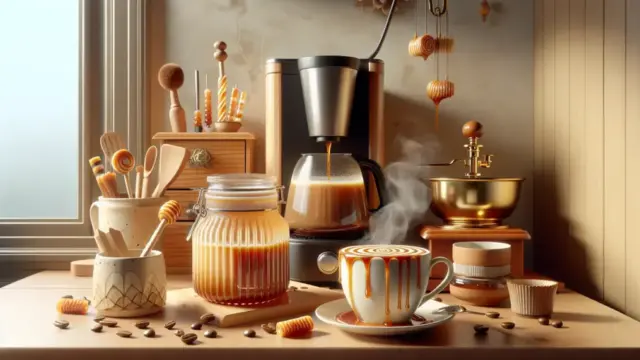






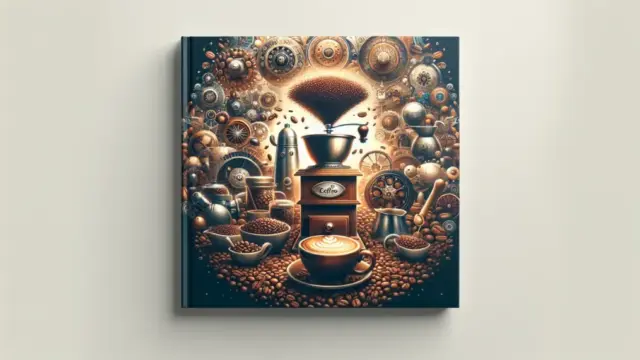
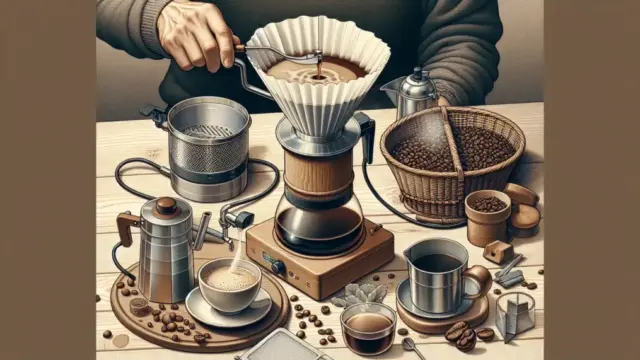
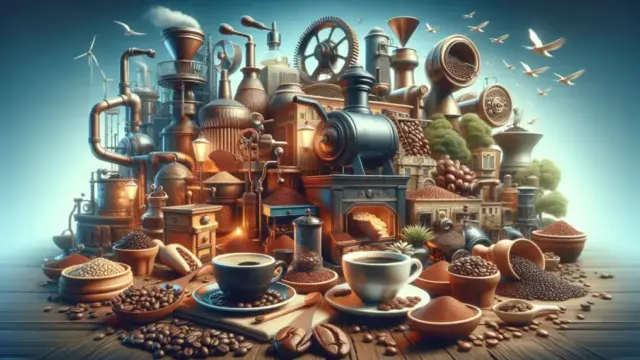

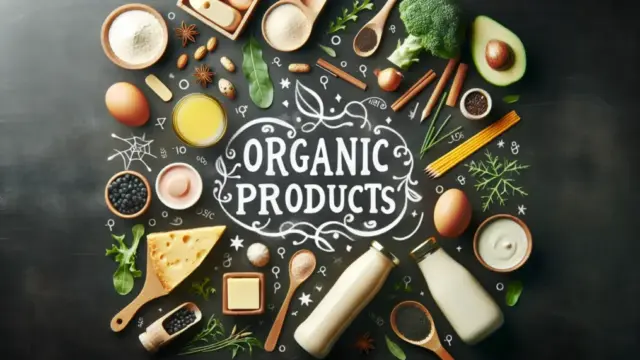










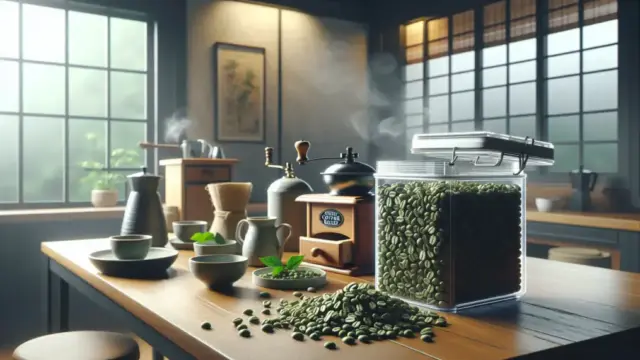
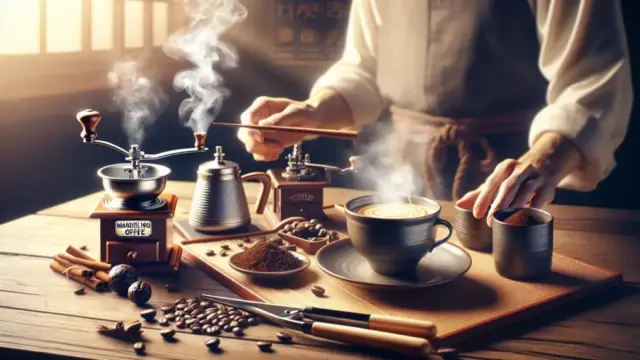
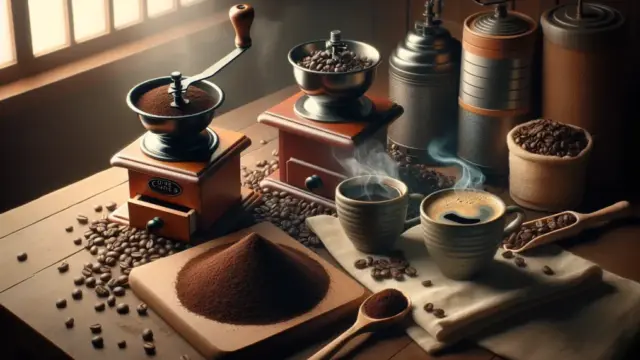



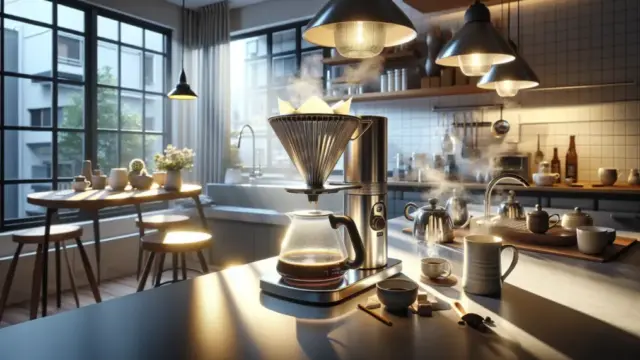

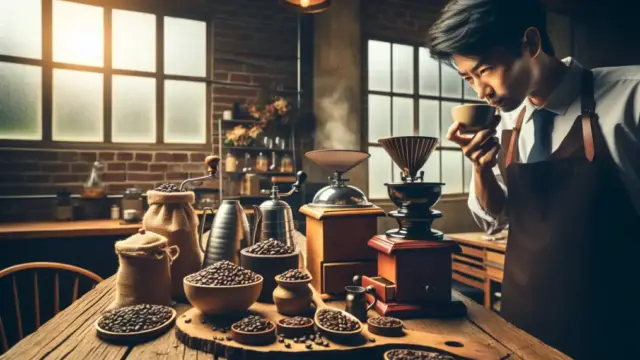




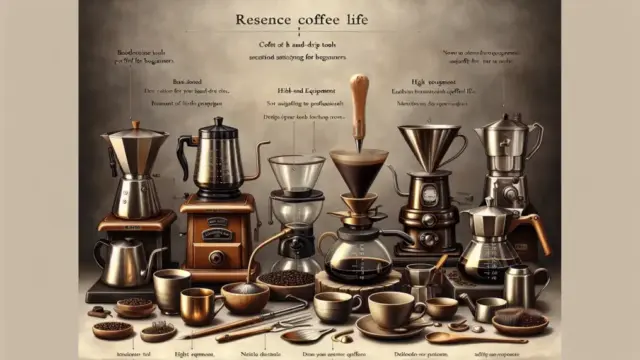


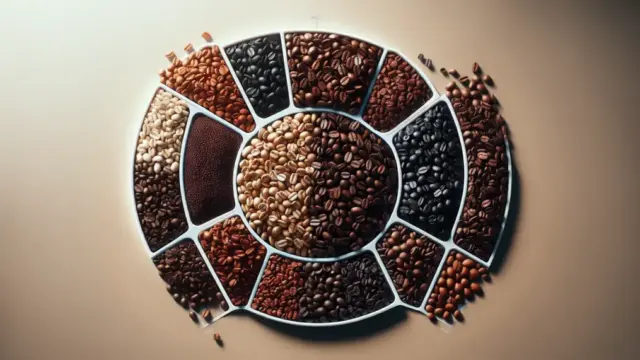






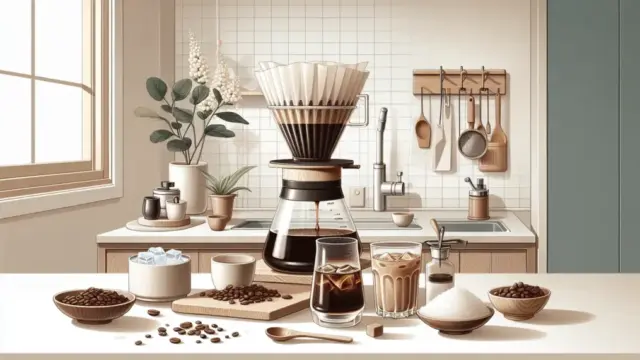







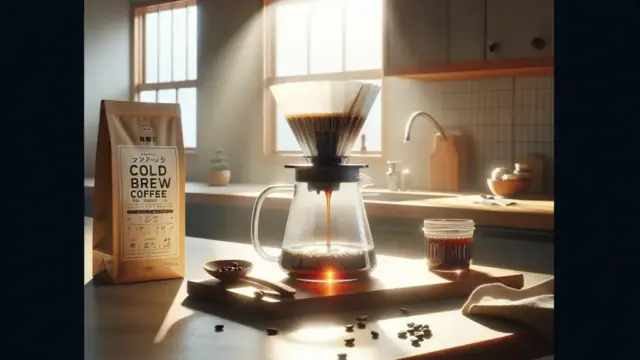





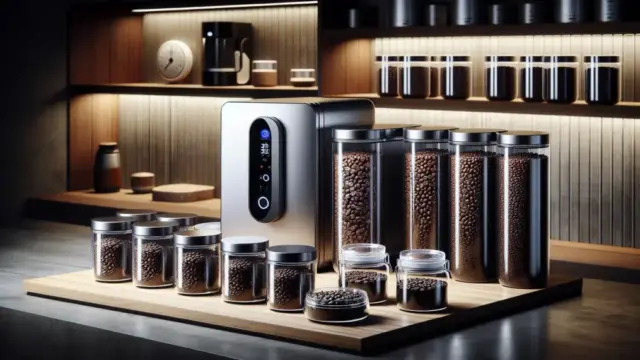







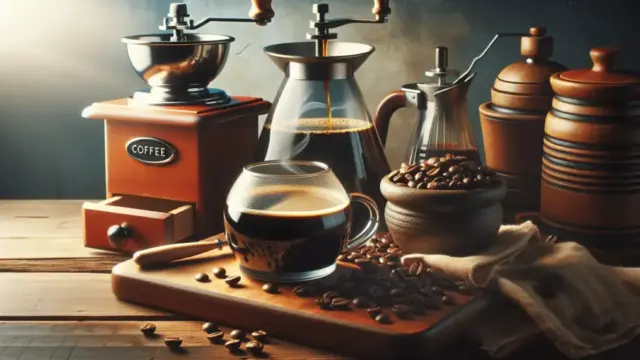


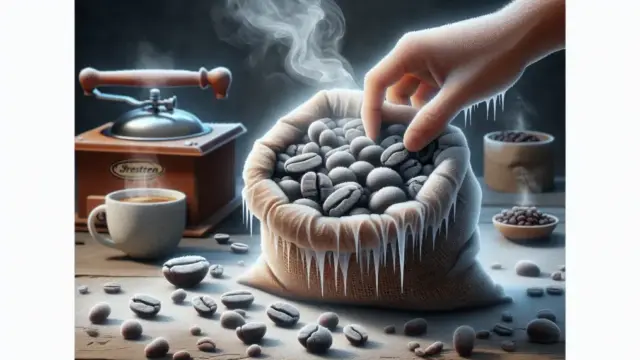
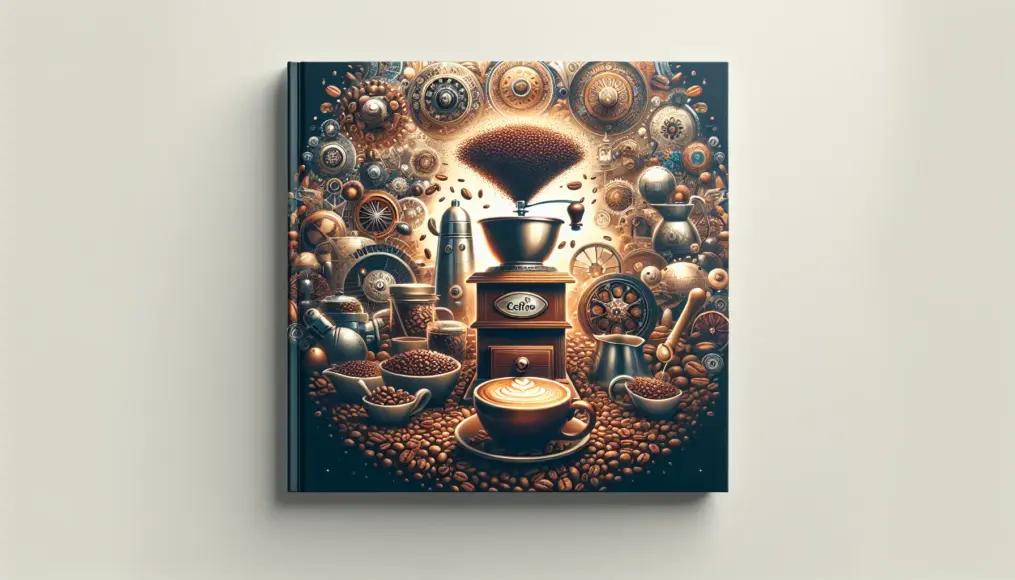
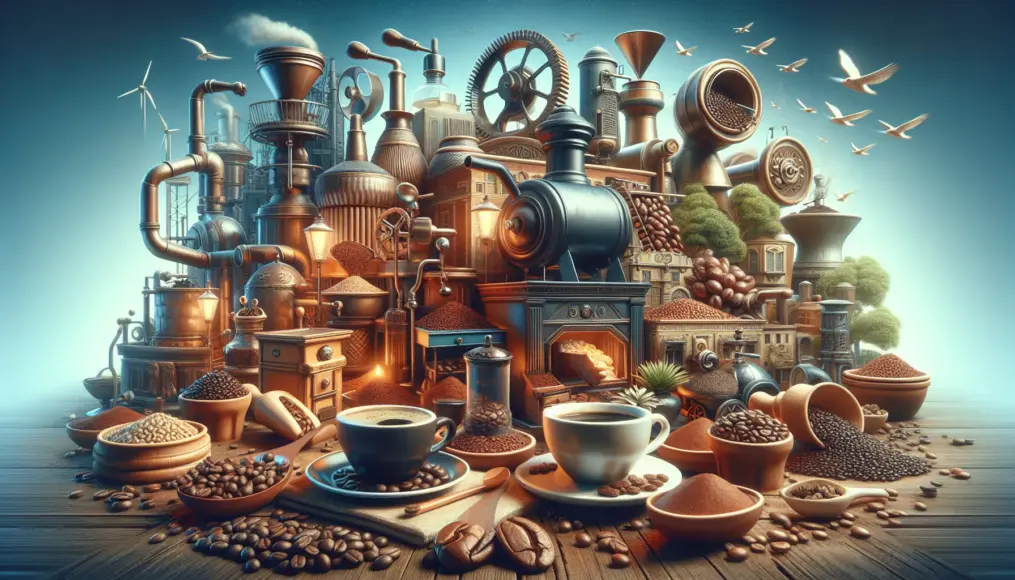
Comment